Media
Why are our journalists so deathly afraid of reporting facts on gender identity science?

When the going gets tough, it seems our news organizations just run away
I am travelling this week to help my mother celebrate her 100th birthday but to ensure readers continue to be served, here’s a column I wrote for The Hub that stayed among its most read pieces for the better part of two weeks. Be assured we will be getting after the CBC/Sean Feucht debacle in due course.
There are some topics that Canada’s media are clearly very afraid to touch, leaving the public that funds them through federal subsidies not fully informed.
This, for reasons suspected but unexplained, is not good if we are to rely upon the Fourth Estate to ensure the nation’s population is equipped with the information citizens need to form perspectives and organize their lives. That, after all, is the alleged purpose of the government’s subsidization of the media in the first place.
Blind spots
Many news organizations, if not most, still haven’t come to terms with their 2021 reporting on suspected and unmarked graves at and adjacent to Indian Residential Schools, for instance. That poor performance led to headlines referencing “mass graves”—a term not used by Indigenous leaders at the time—across the country and the world. Flags were lowered, statues toppled, churches burned, demonstrations held, a new federal holiday instituted, yet no bodies have yet been discovered where it was alleged they were buried. But the old false headlines still linger (including on the New York Times), setting back—as journalist Terry Glavin and others have argued—the cause of reconciliation. Actions, or shall we say, inactions, have consequences.
I was at the abandoned cemetery at the former site of the Regina Indian Industrial School (1891-1910) when it was designated a provincial heritage site, and I am deeply conscious of the sad reality of this part of our history. All 38 graves there are now quite poignantly marked with metal feathers. The matter is a delicate one for the media, for sure. But it is one they must deal with.
As is the issue of how to treat minors struggling with gender dysphoria.
The most recent news on that front—the Supreme Court of the United States upholding a Tennessee law banning puberty blockers and hormone treatments for teens—triggered a lot of coverage across the U.S. and on foreign platforms such as the BBC.
But in Canada, all I could find on the first few pages of a Google search was an Associated Press story picked up by the CBC. CTV posted a shorter version of the same story. Both platforms went with the “stunning setback to transgender rights” theme provided by the wire service. Neither made any effort to add any Canadian context or reaction. The BBC, in contrast, assigned its own reporters to the story and included something the AP story did not: quotes from the Tennessee attorney general who called the decision a “big win for evidence-based medicine.”
The Canadian media’s timidness on this topic is not new. A similar pattern of behaviour was evident in the recent decision by the Supreme Court of the United Kingdom that—at least when it comes to the 2010 Equality Act—the term “woman” relates to the biological sex assigned to a person when they are born, and not to an individual’s self-understood gender identity.
Much the same can be said regarding the U.K.’s Cass Review, initiated when medical professionals noticed an unexplained increase in the number of teen girls reporting gender identity issues. Its findings led to several countries slamming the brakes on surgeries and other therapies for gender dysphoric minors.
Yes, Robyn Urback of the Globe and Mailand Rosie DiManno of the Toronto Starwrote thoughtful columns in the wake of that report, and Sharon Kirkey of the National Post reported on it in depth. The deafening silence from Canadian journalists was covered in The Hub. But other than that, the approach was ever so much akin to “nothing to see here, folks, move along.”
It’s fair to conclude that our newsrooms struggle with complexity. And when terms such as “denialists” and “transphobic” are applied to those who simply ask questions that challenge the assumed verities of the day, it appears that some sort of moral panic is triggered. We are, after all, still emerging from the terrors of cancel culture and woke extremism that many newsrooms chose to embrace rather than fight. The Globe and Mail, for instance, recently posted a morning briefing that caught the eye of Macdonald-Laurier Institute (MLI) senior fellow Mia Hughes, an expert in the field.1
Hughes told me that she “objected to the article’s repetition of discredited claims—that puberty blockers are reversible, that they ‘buy time to think,’ and that denying access could lead to suicide—all assertions that have been thoroughly debunked in recent years.”
We will get into this at length in the future, but suffice to say, Hughes found the Globe’s response unsatisfactory. Near as I could discern from what Hughes shared with me, the Globe appears either unaware or unwilling to concede that these matters are contentious and that it might have been spreading what Hughes considers misinformation.
The gatekeepers are losing their grip
This forum isn’t the place to debate the issues described. But what is passing strange about much of Canada’s news industry is that it thinks it can still get away with this sort of gatekeeping and still maintain public trust.
With or without our media culture’s approval, the internet gives people access to this information. It comes not just via alternative, unsubsidized media, but from the Guardian and the New York Times. Little wonder, then, that according to the latest Reuters report, Canadians are enthusiastic subscribers to foreign news platforms.
It appears they have a need for truth that—thanks to those who fear it—isn’t being fulfilled at home.
(Peter Menzies is a commentator and consultant on media, Macdonald-Laurier Institute Senior Fellow, a past publisher of the Calgary Herald, a former vice chair of the CRTC and a National Newspaper Award winner.)
Censorship Industrial Complex
US Under Secretary of State Slams UK and EU Over Online Speech Regulation, Announces Release of Files on Past Censorship Efforts

Sarah Rogers’ comments draw a new line in the sand between America’s First Amendment and Europe’s tightening grip on online speech.
|
|
Business
There’s No Bias at CBC News, You Say? Well, OK…

It’s been nearly a year since I last wrote about the CBC. In the intervening months, the Prescott memo on bias at the BBC was released, whose stunning allegations of systemic journalistic malpractice “inspired” multiple senior officials to leave the corporation. Given how the institutional bias driving problems at the BBC is undoubtedly widely shared by CBC employees, I’d be surprised if there weren’t similar flaws embedded inside the stuff we’re being fed here in Canada.
Apparently, besides receiving nearly two billion dollars¹ annually in direct and indirect government funding, CBC also employs around a third of all of Canada’s full time journalists. So taxpayers have a legitimate interest in knowing what we’re getting out of the deal.
Naturally, corporate president Marie-Philippe Bouchard has solemnly denied the existence of any bias in CBC reporting. But I’d be more comfortable seeing some evidence of that with my own eyes. Given that I personally can easily go multiple months without watching any CBC programming or even visiting their website, “my own eyes” will require some creative redefinition.
So this time around I collected the titles and descriptions from nearly 300 stories that were randomly chosen from the CBC Top Stories RSS feed from the first half of 2025. You can view the results for yourself here. I then used AI tools to analyze the data for possible bias (how events are interpreted) and agendas (which events are selected). I also looked for:
- Institutional viewpoint bias
- Public-sector framing
- Cultural-identity prioritization
- Government-source dependency
- Social-progressive emphasis
Here’s what I discovered.
Story Selection Bias
Millions of things happen every day. And many thousands of those might be of interest to Canadians. Naturally, no news publisher has the bandwidth to cover all of them, so deciding which stories to include in anyone’s Top Story feed will involve a lot of filtering. To give us a sense of what filtering standards are used at the CBC, let’s break down coverage by topic.
Of the 300 stories covered by my data, around 30 percent – month after month – focused on Donald Trump and U.S.- Canada relations. Another 12-15 percent related to Gaza and the Israel-Palestine conflict. Domestic politics – including election coverage – took up another 12 percent, Indigenous issues attracted 9 percent, climate and the environment grabbed 8 percent, and gender identity, health-care worker assaults, immigrant suffering, and crime attracted around 4 percent each.
Now here’s a partial list of significant stories from the target time frame (the first half of 2025) that weren’t meaningfully represented in my sample of CBC’s Top Stories:
- Housing affordability crisis barely appears (one of the top voter concerns in actual 2025 polls).
- Immigration levels and labour-market impact.
- Crime-rate increases or policing controversies (unless tied to Indigenous or racialized victims).
- Private-sector investment success stories.
- Any sustained positive coverage of the oil/gas sector (even when prices are high).
- Critical examination of public-sector growth or pension liabilities.
- Chinese interference or CCP influence in Canada (despite ongoing inquiries in real life).
- The rest of the known galaxy (besides Gaza and the U.S.)
Interpretation Bias
There’s an obvious pattern of favoring certain identity narratives. The Indigenous are always framed as victims of historic injustice, Palestinian and Gazan actions are overwhelmingly sympathetic, while anything done by Israelis is “aggression”. Transgender representation in uniformly affirmative while dissent is bigotry.
By contrast, stories critical of immigration policy, sympathetic to Israeli/Jewish perspectives, or skeptical of gender medicine are virtually non-existent in this sample.
That’s not to say that, in the real world, injustice doesn’t exist. It surely does. But a neutral and objective news service should be able to present important stories using a neutral and objective voice. That obviously doesn’t happen at the CBC.
Consider these obvious examples:
- “Trump claims there are only ‘2 genders.’ Historians say that’s never been true” – here’s an overt editorial contradiction in the headline itself.
- “Trump bans transgender female athletes from women’s sports” which is framed as an attack rather than a policy debate.
And your choice of wording counts more than you might realize. Verbs like “slams”, “blasts”, and “warns” are used almost exclusively describing the actions of conservative figures like Trump, Poilievre, or Danielle Smith, while “experts say”, “historians say”, and “doctors say” are repeatedly used to rebut conservative policy.
Similarly, Palestinian casualties are invariably “killed“ by Israeli forces – using the active voice – while Israeli casualties, when mentioned at all, are described using the passive voice.
Institutional Viewpoint Bias
A primary – perhaps the primary job – of a serious journalist is to challenge the government’s narrative. Because if journalists don’t even try to hold public officials to account, then no one else can. Even the valuable work of the Auditor General or the Parliamentary Budget Officer will be wasted, because there will be no one to amplify their claims of wrongdoing. And Canadians will have no way of hearing the bad news.
So it can’t be a good sign when around 62 percent of domestic political stories published by the nation’s public broadcaster either quote government (federal or provincial) sources as the primary voice, or are framed around government announcements, reports, funding promises, or inquiries.
In other words, a majority of what the CBC does involves providing stenography services for their paymasters.
Here are just a few examples:
- “Federal government apologizes for ‘profound harm’ of Dundas Harbour relocations”
- “Jordan’s Principle funding… being extended through 2026: Indigenous Services”
- “Liberal government announces dental care expansion the day before expected election call”
Agencies like the Bank of Canada, Indigenous Services Canada, and Transportation Safety Board are routinely presented as authoritative and neutral. By contrast, opposition or industry critiques are usually presented as secondary (“…but critics say”) or are simply invisible. Overall, private-sector actors like airlines, oil companies, or developers are far more likely to be criticized.
All this is classic institutional bias: the state and its agencies are the default lens through which reality is filtered.
Not unlike the horrors going on at the BBC, much of this bias is likely unconscious. I’m sure that presenting this evidence to CBC editors and managers would evoke little more than blank stares. This stuff flies way below the radar.
But as one of the AI tools I used concluded:
In short, this 2025 CBC RSS sample shows a very strong and consistent left-progressive institutional bias both in story selection (agenda) and in framing (interpretation). The outlet functions less as a neutral public broadcaster and more as an amplifier of government, public-sector, and social-progressive narratives, with particular hostility reserved for Donald Trump, Canadian conservatives, and anything that could be construed as “right-wing misinformation.”
And here’s the bottom line from a second tool:
The data reveals a consistent editorial worldview where legitimate change flows from institutions downward, identity group membership is newsworthy, and systemic intervention is the default solution framework.
You might also enjoy:
Is Updating a Few Thousand Readers Worth a Half Million Taxpayer Dollars? |
||||||
|
||||||
| Plenty has been written about the many difficulties faced by legacy news media operations. You might even recall reading about the troubled CBC and the Liberal government’s ill-fated Online News Act in these very pages. Traditional subscription and broadcast models are drying up, and on-line ad-based revenues are in sharp decline. | ||||||
|
-
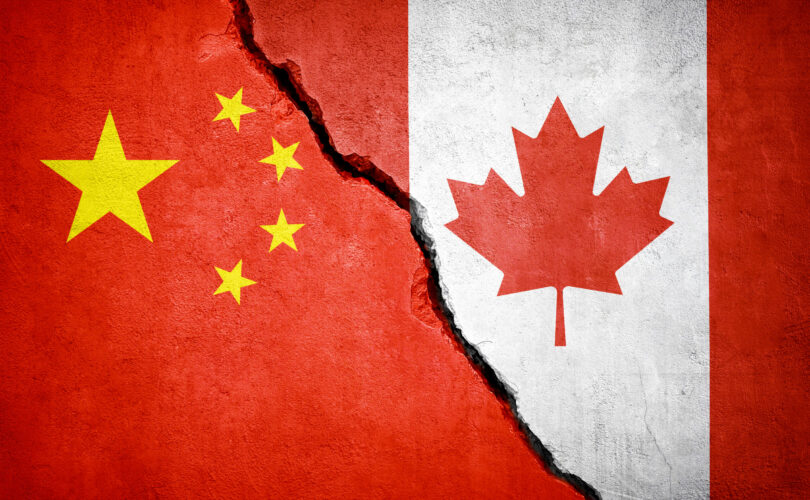
 International23 hours ago
International23 hours agoOttawa is still dodging the China interference threat
-

 Business21 hours ago
Business21 hours agoThere’s No Bias at CBC News, You Say? Well, OK…
-

 Automotive20 hours ago
Automotive20 hours agoCanada’s EV gamble is starting to backfire
-
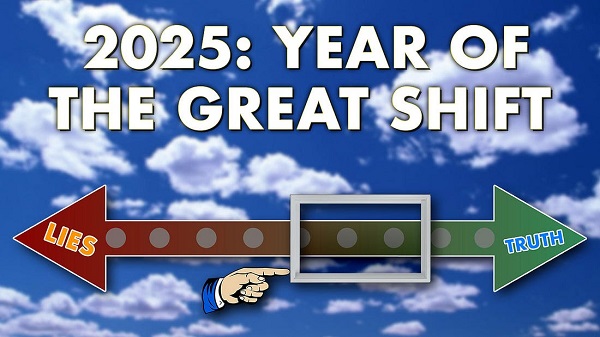
 International22 hours ago
International22 hours ago2025: The Year The Narrative Changed
-
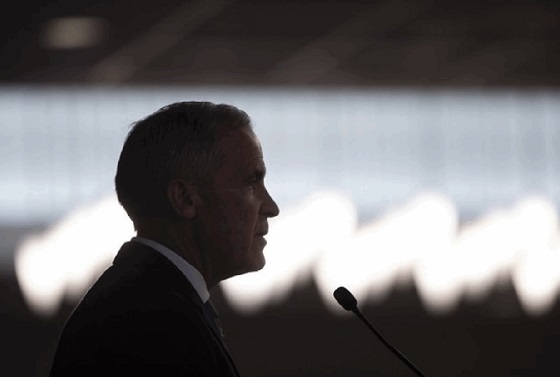
 Fraser Institute2 days ago
Fraser Institute2 days agoCarney government sowing seeds for corruption in Ottawa
-

 Daily Caller2 days ago
Daily Caller2 days agoWhile Western Nations Cling to Energy Transition, Pragmatic Nations Produce Energy and Wealth
-
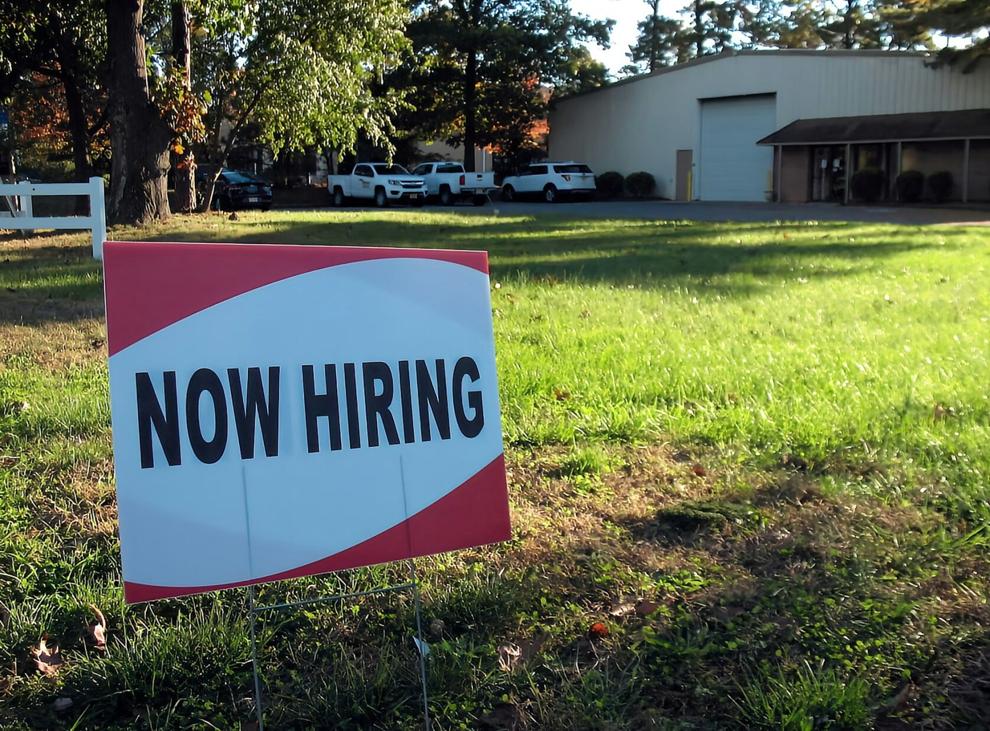
 Business1 day ago
Business1 day agoResidents in economically free states reap the rewards
-
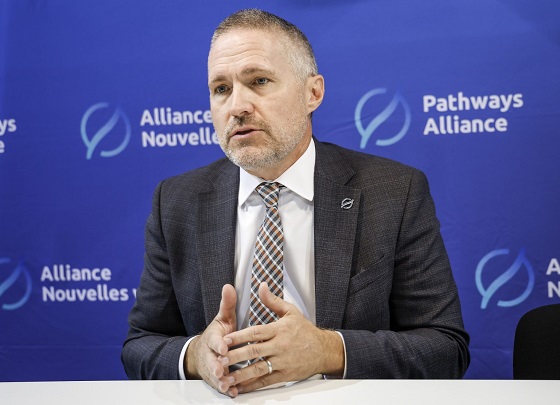
 Alberta1 day ago
Alberta1 day agoAlberta project would be “the biggest carbon capture and storage project in the world”











